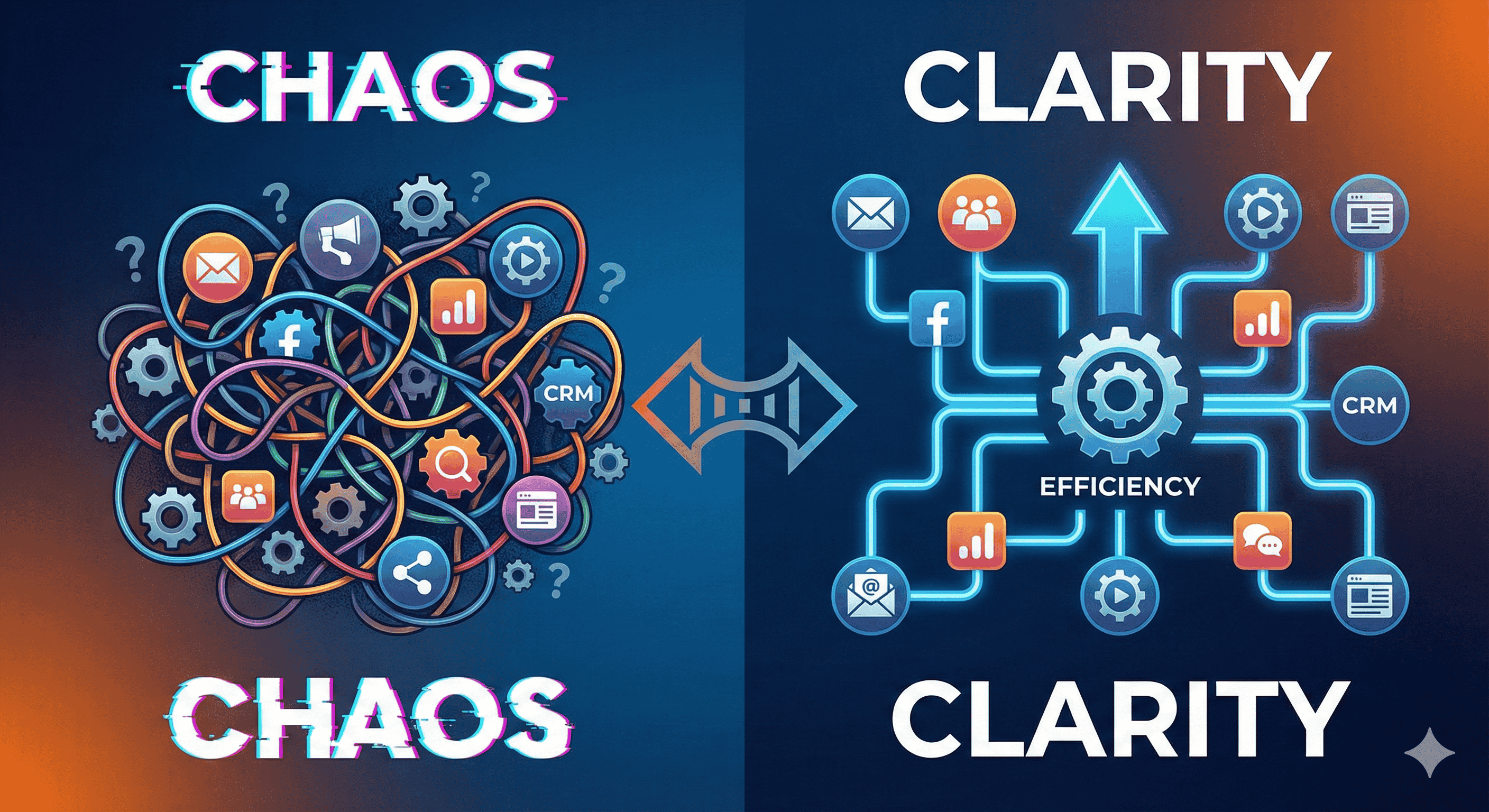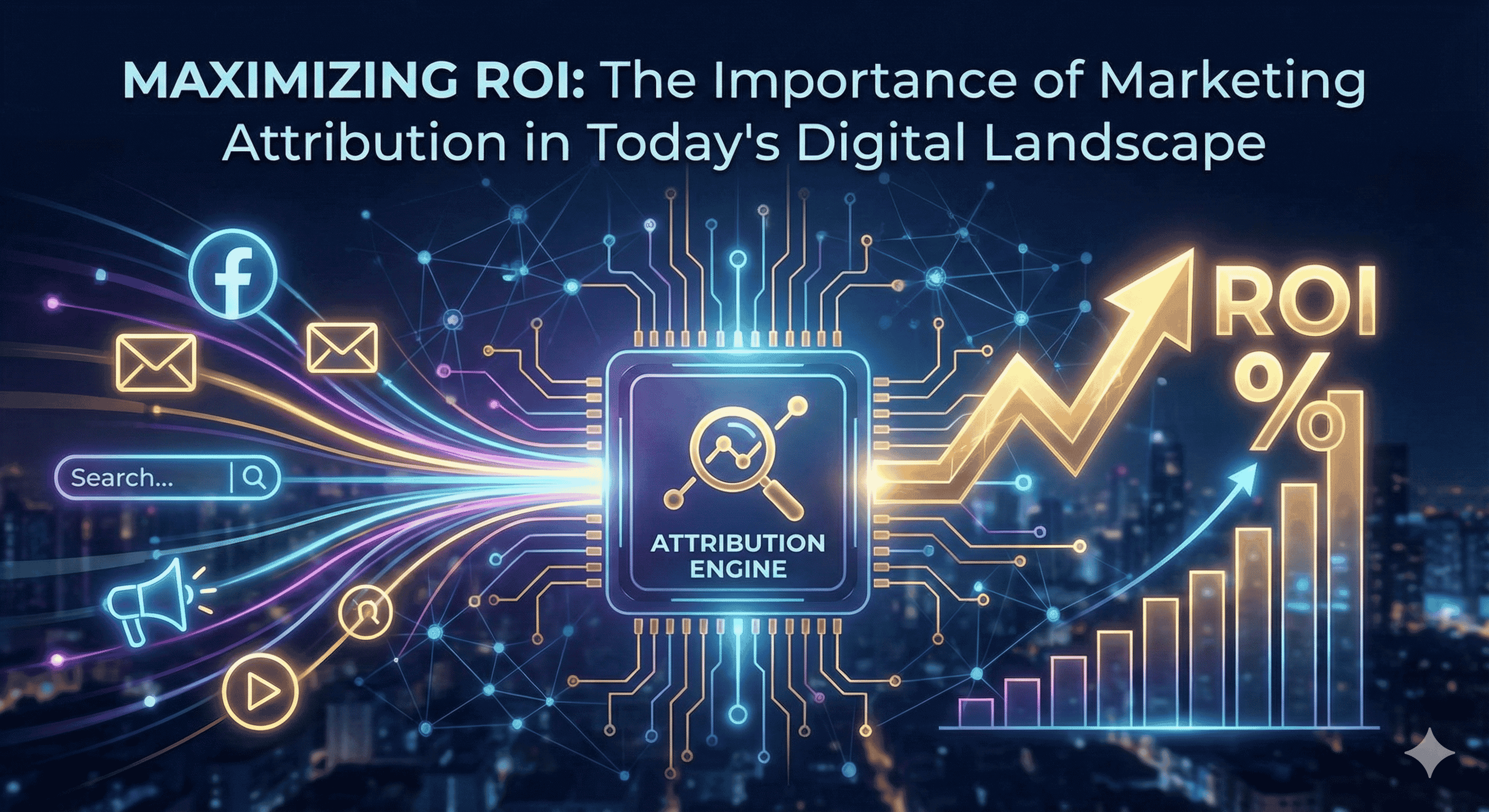As we move into 2025, the landscape of marketing is rapidly evolving, shaped by advancements in technology, changing consumer behaviors, and the ongoing shift towards digital. Marketing automation has become a crucial component for businesses looking to streamline processes, improve efficiency, and enhance customer engagement. As companies continuously seek innovative ways to connect with their audiences, several key automation tools are emerging as game-changers for the future of marketing. Here’s a look at some of the top automation tools to watch in 2025.
1. HubSpot Marketing Hub
HubSpot continues to be a leader in the marketing automation space. Its comprehensive Marketing Hub offers a suite of tools for email marketing, social media management, and customer relationship management (CRM). In 2025, expect to see enhanced AI-driven features that personalize customer interactions and optimize campaigns in real-time. HubSpot’s commitment to building an all-in-one platform makes it an indispensable tool for marketers aiming for integrated solutions.
2. Salesforce Marketing Cloud
Salesforce is renowned for its robust CRM capabilities, and its Marketing Cloud is equally powerful. With tools for email marketing, social media engagement, and customer data management, Salesforce Marketing Cloud utilizes AI to analyze customer behavior and preferences. In 2025, the platform is anticipated to expand its automation capabilities, making it easier for companies to create highly personalized marketing strategies that drive customer loyalty and engagement.
3. ActiveCampaign
ActiveCampaign is making waves with its focus on customer experience automation. This tool combines email marketing, marketing automation, and CRM functionalities, allowing users to tailor their outreach based on user behavior. As we head into 2025, ActiveCampaign is expected to enhance its machine learning capabilities to better predict customer needs, enabling brands to send timely and relevant messages, ultimately resulting in higher conversion rates.
4. Zapier
Zapier is a versatile automation tool that allows users to connect different apps and automate workflows without needing programming skills. With its expansive library of integrations, Zapier can be the backbone of many marketing stacks. In 2025, expect to see more pre-built workflows tailored for marketers, along with enhanced functionalities that help streamline repetitive tasks, such as scheduling social posts and transferring lead information between platforms.
5. Mailchimp
Once primarily an email marketing tool, Mailchimp has transformed into a full-fledged marketing automation platform. Its predictive analytics and segmenting features allow marketers to enhance their email campaigns significantly. As 2025 unfolds, Mailchimp is likely to introduce more AI-driven tools for automation, making it easier for small businesses to tap into advanced marketing strategies without the complexities often associated with larger software solutions.
6. Adobe Experience Cloud
Adobe is at the forefront of creative solutions, and its Experience Cloud brings together data, content, and analytics to support personalized marketing. This platform is particularly useful for large enterprises looking to integrate their creative and marketing efforts. Look for Adobe to continue innovating in AI and machine learning, allowing marketers to predict customer behavior more accurately and adjust their strategies accordingly in 2025.
7. Pardot by Salesforce
Pardot, Salesforce’s B2B marketing automation tool, focuses on helping companies manage their leads and streamline their marketing processes. It provides powerful tools for lead scoring, nurturing, and ROI reporting. With a projected increase in collaborations and integrations with other Salesforce products, Pardot is set to enhance its functionality in 2025, allowing marketers to create seamless environments for lead management.
8. Hootsuite
Social media management remains a critical component of modern marketing strategies. Hootsuite is a well-respected platform that allows marketers to schedule posts, engage with audiences, and analyze social media performance from one central hub. In 2025, expect Hootsuite to introduce more advanced analytics and reporting features that leverage AI to offer deeper insights into audience preferences and behaviors.
Conclusion
As the marketing landscape continues to evolve, the adoption of automation tools is becoming increasingly vital for businesses of all sizes. These tools not only help marketers save time but also empower them to create more personalized and effective campaigns. As we look forward to 2025, the tools mentioned above will be key players driving innovation and efficiency in marketing automation, paving the way for a more connected and data-driven approach to customer engagement. Embracing these technologies will be essential for marketers seeking to stay ahead in an ever-competitive environment.







